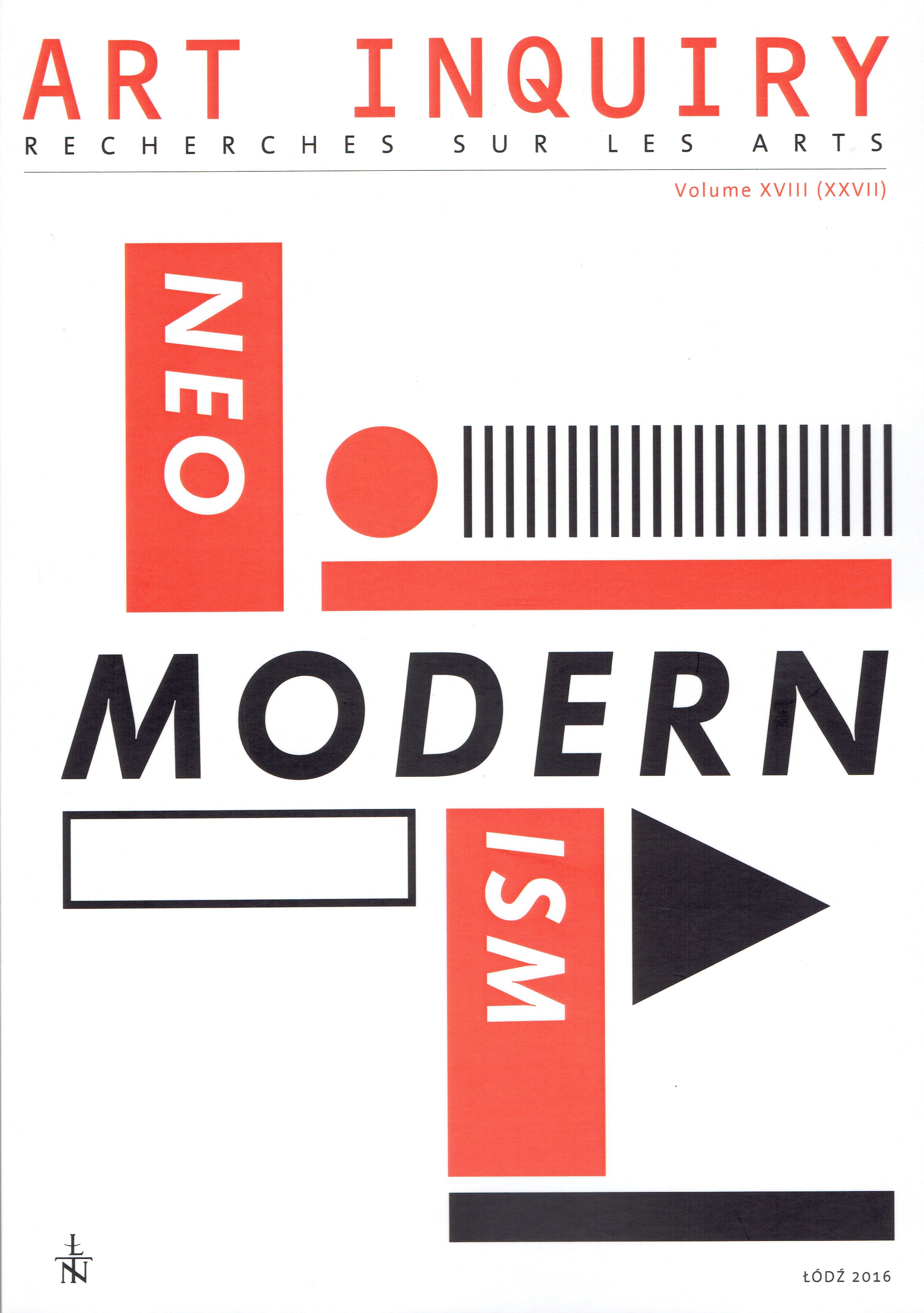Performance art, performativity and the issue of neomodernism
Performance art, performativity and the issue of neomodernism
Author(s): Paulina SztabińskaSubject(s): Philosophy, Theatre, Dance, Performing Arts, Fine Arts / Performing Arts, Sociology of Art
Published by: Łódzkie Towarzystwo Naukowe
Keywords: body art; performance art; performativity; modernism; postmodernism; neomodernism; Marina Abramović
Summary/Abstract: Body art and performance art are often discussed together, and even identified as thesame thing. A careful analysis of these artistic trends and the accompanying theoreticalcommentary tends, however, to highlight their differences. Body art turns out to bea phenomenon manifesting significant similarity to the modernist conception of art in thespirit similar to the concept of Clement Greenberg, while performance art largely rejects these assumptions. Performative aesthetics developed by Erika Fischer-Lichte on the one hand stems from challenging modernist artistic essentialism, but on the other emphasizes the role of “the radical concept of presence” of the artist.The article presents a detailed analysis of two new creative achievements of MarinaAbramović, the artist associated both with body art and performance art: Seven Easy Pieces (2005) and The Artist is Present (2010). The indicated ambiguity of performance art has been radicalized in their case. They combine the modernist emphasis on authenticity, presence, and essentialism with the postmodern penchant for citing. The phenomenon of pastiche described by Frederic Jameson has been transformed in such a way that it is no longer empty but takes over the whole of the performer’s self.The term “neomodern” is used today in a variety of meanings. The issues discussed in the article suggest the possibility of understanding it as overcoming the oppositions characteristic of modernism and postmodernism, while maintaining some of the features of these two trends regarding their respective approaches to art.
Journal: Art Inquiry
- Issue Year: 2016
- Issue No: 18
- Page Range: 161-176
- Page Count: 30
- Language: English

